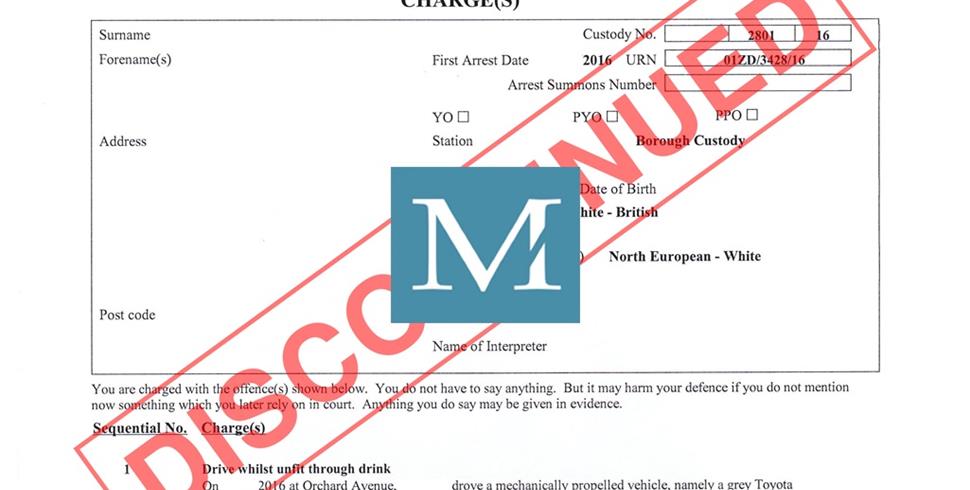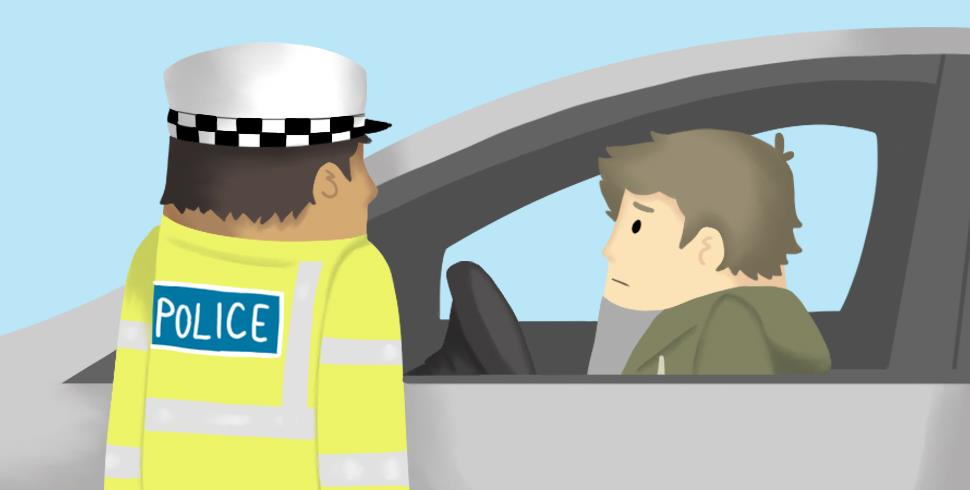
Read our latest blog on Causing Death by Dangerous Driving
It was reported by the BBC recently that a man twice the legal limit had killed another motorist.
Lorry driver, Martin Easton, was killed when a BMW driver crashed into him in May 2019. Mr Easton was driving a 44-tonne HGV at the time of the collision and did not survive. The barrister representing the defendant, Ian Duguid QC, told the court that the defendant had consumed alcohol the night before. The defendant pleaded guilty to death by dangerous driving - he will be sentenced by the court in the coming weeks.
Causing death by dangerous driving
A person causes death by dangerous driving if;
- the standard of his driving falls far below a careful and competent driver, and;
- his driving 'causes' the death of another person.
Examples of dangerous driving include racing, driving aggressively, driving whilst unfit and speeding.
Case Example: a driver overtakes another motorist on a residential street. The driver loses control and kills a pedestrian. The driver could be charged with death by dangerous driving.
Sentence
If convicted, the court will sentence you for the offence committed. MAJ Law specialise in defending motorists charged with serious road traffic offences. A guilty plea is not your only option.
A driver who is convicted of this offence could receive;
- Up to 14 years in prison (an average of 4 - 7 years)
- A mandatory driving disqualification (often in excess of 5 years)
- An extended retest (theory and practical)
- A criminal record
The court will also consider the existence of any aggravating or mitigating factors. The Magistrates' Courts Sentencing Guidelines lists the following aggravating factors.
Note: An aggravating factor is a feature which makes the case more serious.
- Previous convictions for motoring offences
- More than one person killed as a result of the offence
- Serious injury to one or more victims, in addition to the death(s)
- Other offences committed at the same time, such as driving while disqualified; driving without insurance; taking a vehicle without consent; driving a stolen vehicle
- Driving off in an attempt to avoid detection or apprehension
Sentencing Guidelines
| Nature of offence | Starting Point | Range |
|
Level 1 The most serious offence. A deliberate decision to ignore the rules of the road and a disregard for the safety of others |
8 years in prison | 7 - 14 years in prison |
|
Level 2 Driving that created a substantial risk of danger |
5 years in prison | 4 - 7 years in prison |
|
Level 3 Driving that created a significant risk of danger |
3 years in prison | 2- 5 years in prison |
Defences
- Factual
The first set of defences are 'factual'. This might apply if a defendant denies a factual component of the prosecution's case. The most obvious factual defence is a dispute about the standard of driving. A defendant might accept that his driving was careless, but he might deny that it was dangerous. He may say that he was not driving dangerously or carelessly. A defendant could also claim that the deceased person contributed (in part) to their own death. For example, a pedestrian who steps out in front of a speeding car without looking or a driver who fails to react in time to a vehicle that has pulled out.
Dangerous driving is objective, meaning the driving experience of the defendant is irrelevant. Please also remember that road conditions can determine whether a person is driving dangerously. Your manner of driving should always be adjusted to suit the prevailing conditions of the road.
- Mechanical Fault
Could a mechanical fault have contributed to the incident? If a driver loses control because a vehicle malfunctions, he may have a complete defence. This defence may not apply in every scenario and we would be pleased to discuss the case with you. All our initial advice is completely free of charge.
- Automatism
A defence less common is automatism. Automatism arrises where a motorist becomes incapacitated whilst driving. The incapacity must be unforeseeable and cannot be self-induced. An example might be where a driver suffers a seizure at the wheel or 'blacks-out' (without any medical history of seizures), or where a driver is attacked by a swarm of bees.
- Necessity
Necessity & duress are available as defences to causing death by dangerous driving. This would only apply where the defendant was driving to avoid death or serious harm to himself or others. If your actions were objectively disproportionate (in other words, you over reacted), the defence may not succeed. It is for this reason that any defence to an allegation of causing death by dangerous driving should be carefully considered.
- Driver Identification
The final defence worth discussing is 'driver identification' (i.e. can the police prove that you drove the vehicle?). A defendant cannot be convicted of causing death by dangerous driving if he was not driving the vehicle (or the police cannot prove that he was). Seeking the correct legal advice at the right time is critical to a successful defence. MAJ Law is a specialist motoring defence firm. Our team of solicitors have years of experience in defence serious motoring offences, often involving death or serious injury. We always offer free initial legal advice.
What to do if you are charged with causing death by dangerous driving
- Interview
If you are cautioned, charged or being investigated for this offence you will be interviewed by the police. The purpose of the interview is to provide you with an opportunity to either accept or dispute the allegation. Decisions made by a suspect in interview can determine the outcome of a case at trial. Therefore, it is vital that you receive the correct legal advice before, during and after the interview process. Please also be aware that you may be interviewed more than once.
- Negotiating
One option available to a suspect even before being charged is to negotiate with the police. There are a number of offences that might apply in any given case. Some offence are, of course, more serious than others. Negotiating can reduce the seriousness of the charge and the likely penalty imposed. - Obtaining evidence
Remember that you don't have to wait until court to obtain the evidence against you. Often the police will hold crucial evidence on file that must be disclosed under the Police and Criminal Evidence Act 1984. In addition, before each interview the police should provide 'pre-interview disclosure'. This should tell us more about the allegation. We can then quickly determine the likely defences.
Next Steps
Any correspondence to the police or CPS should go through a solicitor. Anything you tell the police could be used in evidence against you. The police may rely on this evidence to prove its case in court. Challenging a case begins from the moment you're arrested.
M.A.J Law offer free initial advice. We would be pleased to discuss your options in detail, even if you decide not to instruct us. You can use the contact form below to request a call back.







